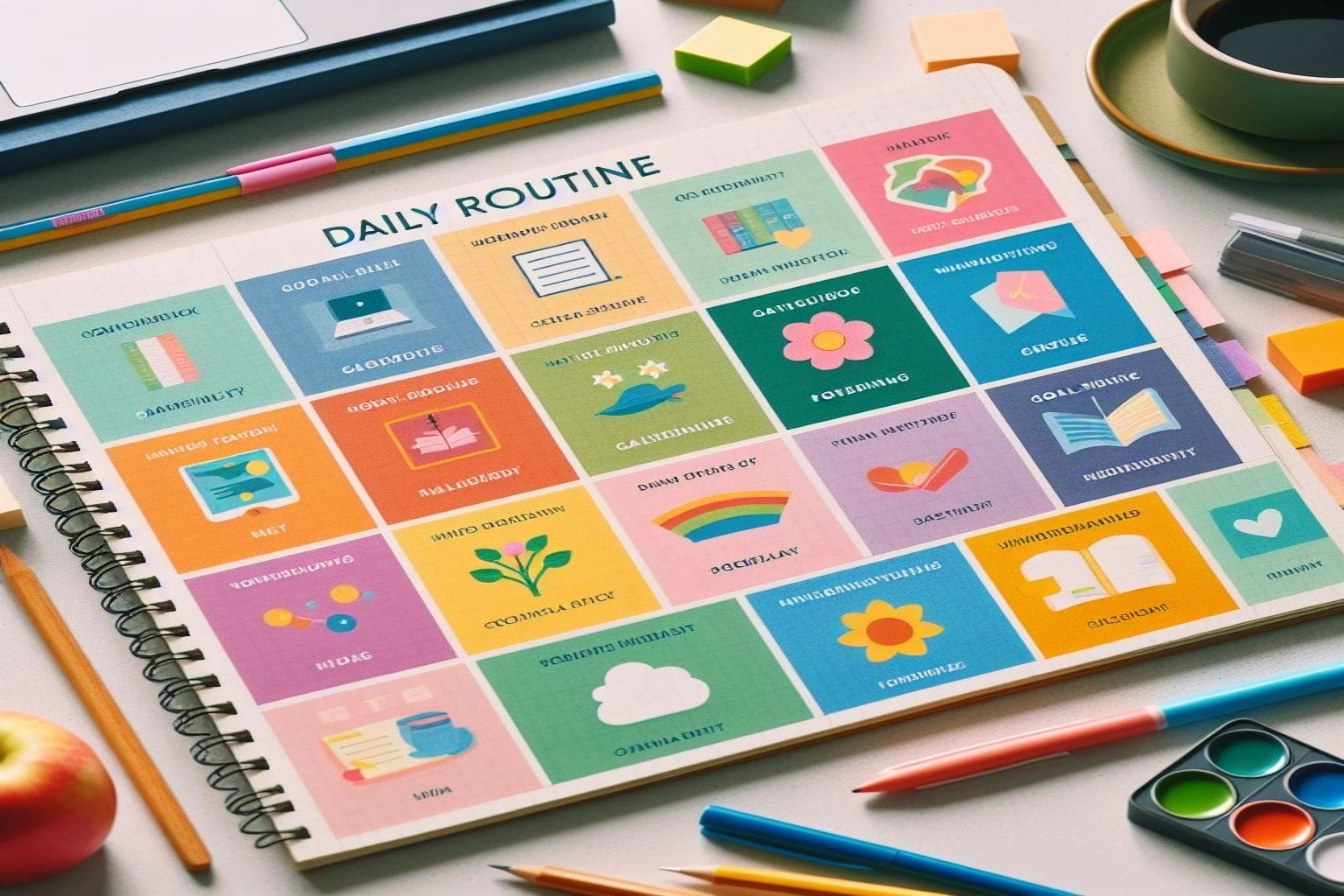
“Hustle ’til you die” is the unofficial mantra of today’s grind-obsessed culture. And on the surface, it rings of productive inspiration. But at what cost?
Hustle culture peddles an obsessive drive for material and career success no matter the damage to mental health, relationships or self-care. This mindset ensnares scores of ambitious entrepreneurs, Type-A execs, and creative professionals in a relentless race towards meeting society’s ever-inflating definitions of “making it”.
But for all the success symbols hustle culture promises, its dark underbelly harbors diminished life quality on the journey there. Behind the showcase wins lie countless personal losses and long-term dissatisfaction.
In this post, we’ll cut through the hollow hype and highlight the little-discussed downsides of hustle culture. More importantly, we’ll share proven strategies for harnessing the productivity upside while steering clear of the workaholic trap doors that sabotage happiness, self-worth and creativity.
Deconstructing the Magnetic of Hustle Culture
Hustle culture sets a high bar for productivity by essentially telling you to push harder and work more. And not gonna lie – it often delivers results. At least in the short term.
The most publicly visible successful people generally buy into a hardcore work ethic. Pro athletes, Fortune 500 executives and highly profitable entrepreneurs hustle to an insane degree. Breaking into competitive, sexy fields like music, pro sports or startup unicorns typically requires maximal effort over a long period.
Hustle culture grabs hold by promising that if you want success badly enough, you too can join the elite. Just want it a little more. Work those extra hours when others tap out. Sacrifice personal relationships and self-care because winning above all requires ruthless prioritization. No distractions allowed.
And for a segment of high performers, this approach does work. Pushing past perceived limits reveals new capacity for greater output. Testing your overall work ability provides an invaluable reference point. Without occasionally redlining the RPMs, you won’t truly grasp your potential.
Key Takeaway: Buying into hustle culture to a degree makes sense. Pushing yourself harder helps quantify untapped work capacity early on. But sustained maximum output takes a toll long term.
Diminishing Returns: When More Hustle Produces Less
Here a major downside of hustle culture appears. The implicit belief that hours worked directly correlates to productivity and results. Push harder. Work more. Want success badly enough and it’ll come. Except it doesn’t. Not in a neatly linear way.
Consider boiling water. 100°C is the limit. Applying more heat energy doesn’t make water “more boiled”. Likewise, you generate diminishing productivity returns past a daily effort threshold despite adding more work hours.
Groundbreaking research by economics professor John Pencavel found that output per hour – aka efficiency and focus – declines sharply when working over 50 hours weekly. After 55 hours, marginal productivity drops so substantially that working longer hours yields no further gain.
Social media fuels the perception that highly successful people run at peak output constantly. Posting 80-hr grind weeks becomes a status symbol. But the reality stands – at some point continuing to work degrades overall output due to lack of rest. Sure, you can override natural homeostasis for short bursts. But chronically overriding recovery time hampers creativity, decision making and efficiency over the long haul.
Key Takeaway: Balance maximum effort sprints with adequate rest to produce consistently high yet sustainable performance. ignore social media hype suggesting the most successful people produce 16 optimized hours daily without fail.
Stillness Enhances Creativity – Why Downshifting Matters
An intriguing finding is that many ultra successful CEOs and leaders purposely incorporate stillness and solitary activities like meditation, cycling or fishing for lengthy periods. Why dedicate time for stillness when their position demands nonstop drive?
They understand mental white space precipitates creativity. Novel ideas rarely emerge from constant busyness. Ever notice your best ideas arise in the shower, out walking or while vacationing? Activities lacking overstimulation are precisely what clear space for inspiration to arise.
Creativity operates akin to a gas tank. Julia Cameron in her bestselling book The Artist’s Way refers to creativity as a tank which becomes depleted without periodic refilling. Without incorporating stillness to refuel your tank, your creative engine sputters on empty.
Key Takeaway: Schedule regular blocks for stillness activities like walking alone, meditation or just sitting quietly. These habits unlock enhanced creativity, inspiration and mental clarity to boost overall productivity.
Coping With the Psychological Distress of Internal Pressure
Hustle culture imposes immense internal pressure to achieve goals by specific deadlines. This self-imposed pressure pot too often boils over into full blown psychological distress.
It’s no coincidence mental health issues like anxiety, depression and suicide spike amongst entrepreneurs and high finance executives. Why? The internal pressure cooker blowing its lid manifests in emotional dysfunction.
Setting unreasonable standards and timelines leaves minimal margin. Eventually the self-imposed pressure valve bursts. It may manifest as substance abuse. Radical lifestyle intervention to escape external stimuli. Or sadly, utter despair in the form of suicide or suicidal idealation.
Key Takeaway: Recognize and address harmful internal pressure early on. Implement healthy outlets like talk therapy, journaling or mood stabilizing activities before reaching psychological breaking point.
Lengthier Time Horizons Reduce Self-Imposed Deadline Stress
Hustle culture Attack’s one’s sense of self-worth by limiting the window for acceptable achievement. The arbitrary standard may be to launch a startup by age 30. As 30 approaches without success, one feels an escalating failure despite tremendous effort.
But why should a specific age range determine success? Does a 35-yr old entrepreneur feel much different than a 30-year old who built the same company? Over an 85-year lifetime, does a 5 or 10-year difference in business founding age truly matter? Likely not.
Yet hustle culture’s strive to compress achievement timelines pressures us to attach self-worth to narrow goal posts. Thus we impose unrealistic expectations, pushing counterproductively rather than letting natural progress unfold.
Key Takeaway: Establish goals and desired achievements independent of specific age milestones. Map a flexible multi-year timeline oriented around enjoying the process rather than locking into chronological outputs.
Separate Self-Worth From Achievement to Avoid Chronic Dissatisfaction
Another pitfall of hustle culture is intertwining self-worth with achievement. By this standard, unless actively achieving, you lack value. This fosters chronic dissatisfaction and volatility of self-esteem.
Each accomplishment brings brief satisfaction before the next target grabs focus. Buddhism states that true, enduring happiness comes from enjoying the present journey absent attachments. Yet hustle culture dooms contentment by fixating happiness just out of reach upon hitting the next milestone.
The validation rollercoaster rewards wins while dismissing losses and smaller progress. But all-or-nothing thinking sabotages sustainable motivation and self-appreciation.
Key Takeaway: Avoid chasing external validation tied to arbitrary definitions of “success”. Celebrate daily progress. Maintain self-worth detached from goal achievement.
Productivity is Not a Proxy For Fulfillment – Beware the Hustle Trap
Hustle culture pushes us to equate productivity pursuits with fulfillment. After all, we’re told wealth and status bring happiness. But what if that formula is backwards?
Consider suburban dads who hustle ruthlessly accumulating fortunes only to hand over everything in divorce proceedings. Or celebrities Pleasuring themselves to death in utter despair despite “having it all”.
Clearly hustling manically towards some future fulfillment often leaves us hollow upon arrival. Because meaning stems from how we spend each day in the present. All the productivity on Earth doesn’t guarantee happiness if other key areas lack attention.
Key Takeaway: Define personal success on your terms. Seek balance across health, relationships, creativity, impact, etc. beyond productivity or wealth targets. Design a lifestyle that nourishes daily wellbeing.
Conclusion
Without question, hustle culture delivers results for some. Pushing boundaries reveals new capacity and builds high performance habits. But left unchecked, hustle culture tendencies undermine sustainable progress, creativity and life satisfaction.
By broadening definitions of success, maintaining work-life balance, and finding meaning in the daily journey, you retain motivation without the burnout and emptiness awaiting so many hustlers.
Structure schedules to regularly recharge mental clarity, relationships and creativity. These “off hours” boost inspiration, decision-making and resilience required for consistent achievement absent the diminished returns and distractions of nonstop hustle.
Define personal success on your terms. Celebrate daily progress over arbitrary external milestones. Maintain self-worth detached from goals. When you derive meaning from the process rather than an imaginary future, you may discover greater contentment and productivity than any hustle culture proponent chasing the next brass ring.







